
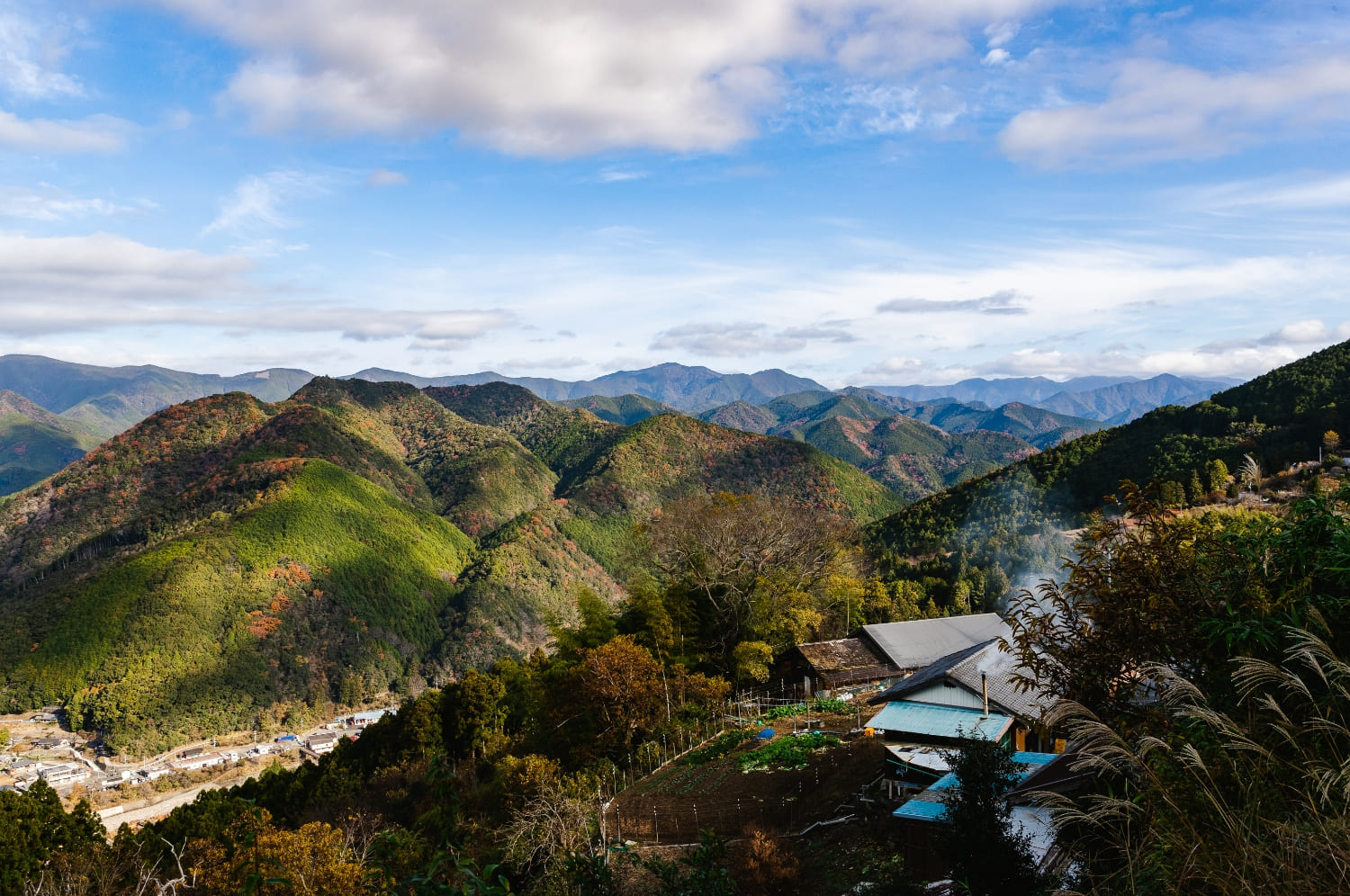
[FAQ-5] Basic information on the Kumano Kodo|Complete guide to its location, meaning, language and openness!
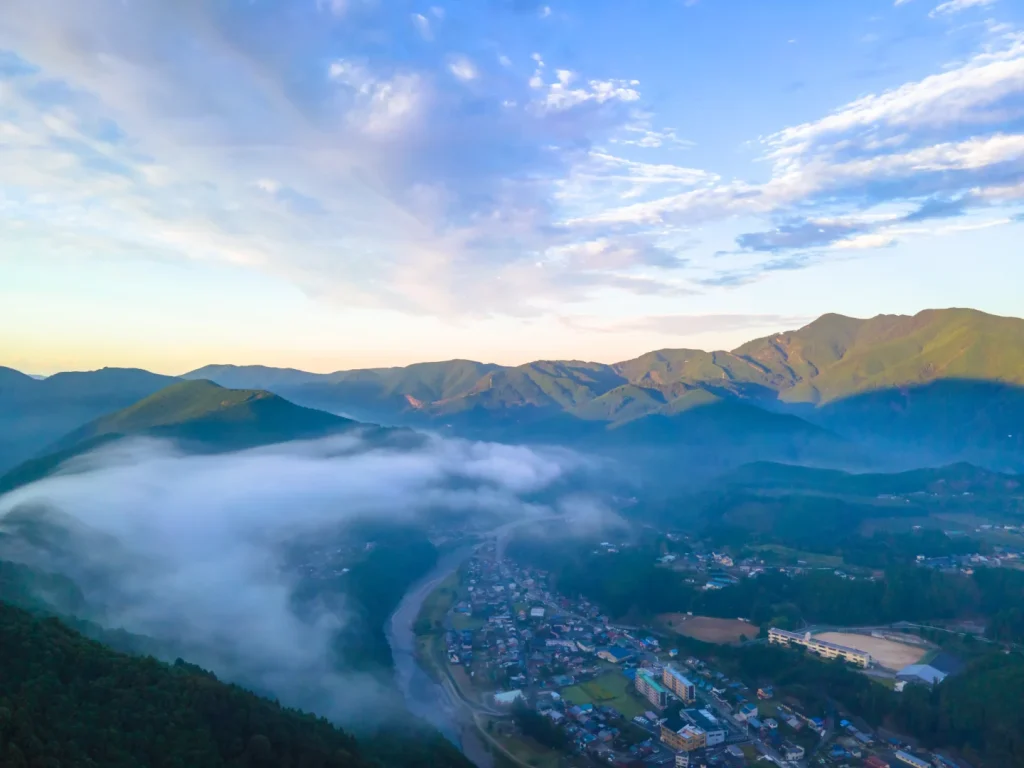
The Kumano Kodo is a special path where history and nature intersect, but there is also a lot of basic information you need to know beforehand.
‘Where is the Kumano Kodo?’ ‘What is a Dual Pilgrim?’ These questions are answered in this section.
In this article, frequently asked questions such as where the Kumano Kodo are located, what they mean, whether you can walk them even if you don’t speak Japanese, and whether they are open all year round are explained in FAQ format.
We hope you find this information useful for your future Kumano Kodo journey!
Frequently asked questions about basic information on the Kumano Kodo [FAQs].
Q1. Where is the Kumano Kodo located in Japan?
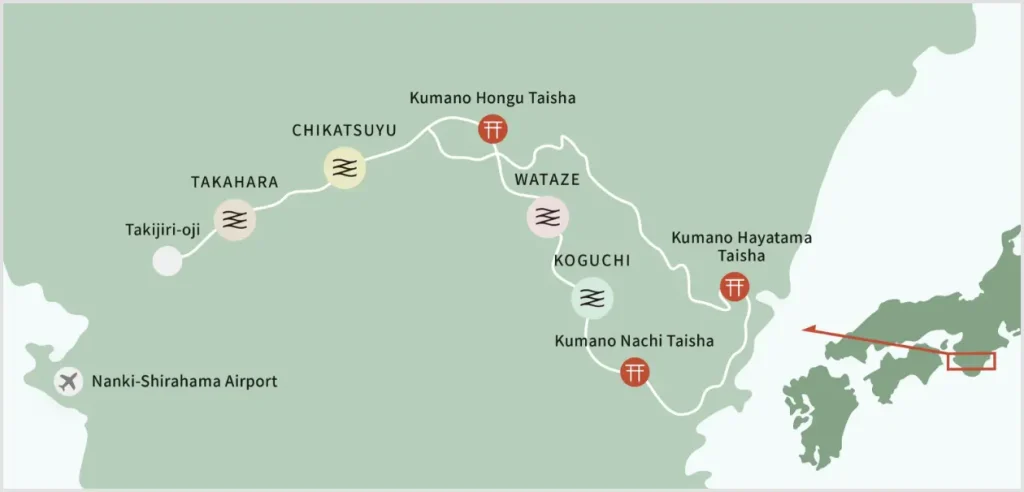
The Kumano Kodo (Kumano Kodo) is a pilgrimage route that stretches across the Kii Peninsula, mainly in southern Wakayama Prefecture. The main route, Nakahechi, is a mountain path leading from JR Kii Tanabe Station to Hongu Taisha shrine, and has a particularly long history of being walked by many pilgrims.
The route extends into parts of Mie, Nara and Osaka prefectures on the Kii Peninsula, but the highlights are around Tanabe and Shingu cities in Wakayama Prefecture, as a way to the Kumano Sanzan (Kumano Hongu Taisha, Kumano Hayatama Taisha and Kumano Nachi Taisha).
Q2: What does ‘dual-pilgrim’ mean in Kumano Kodo?
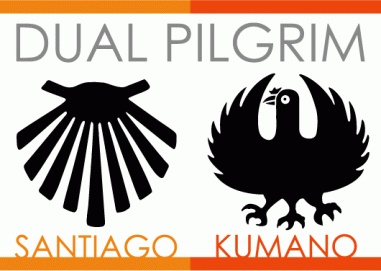
‘Dual Pilgrim’ is a title awarded to pilgrims who have walked both Santiago de Compostela in Spain and the Kumano Kodo in Japan.
This system was created to commemorate the links between the pilgrimage cultures of the two countries. The achievement of a pilgrimage is recognised by stamping a common pilgrimage book at the Kumano Hongu Taisha shrine in Kumano Kodo and at an office near the cathedral in Santiago. Those who have completed both pilgrimages are presented with a limited edition ‘Pilgrims of the Two Roads’ pin badge.
This is a special scheme to honour those who continue their pilgrimage across borders.
Q3. Can I walk the Kumano Kodo Trail even if I don’t speak Japanese?
Yes, it is possible to walk the route even if you do not speak Japanese.
Multilingual signposts (English, Spanish, Chinese, etc.) have been installed along the main Kumano Kodo route, so that hikers from overseas can walk with peace of mind. In addition, an increasing number of accommodation facilities and tourist information centres in and around Tanabe City are English-speaking.
However, as smartphone communication is difficult to reach on mountain roads and English is not easily understood in some areas, it is advisable to prepare offline compatible map and translation apps. English guided tours are another option.
Q4: Is the Kumano Kodo open all year round?
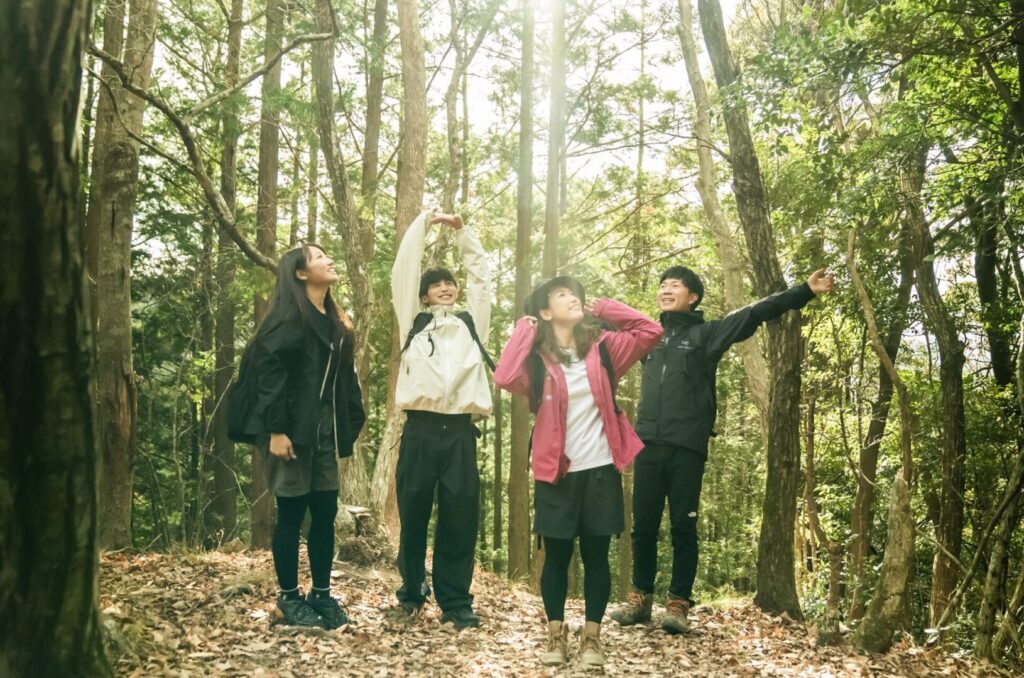
Basically, the Kumano Kodo is open all year round. However, there are some seasonal precautions.
Spring and autumn (March-May, October-November): the climate is stable and the walking is easiest. You can also enjoy the autumn leaves and fresh greenery.
Summer (June-September): be careful of heat stroke. August is particularly hot and humid, so make sure you take plenty of water and rest breaks.
Winter (Dec-Feb): snow cover is low, but temperatures can drop below freezing early in the morning and in the mountains. Warm clothing is essential.
Also, some sections of the route may be closed due to heavy rain or typhoons, so check the official information from the Tanabe City Tourist Association or other sources before setting off.
Basic information you need to know before walking the Kumano Kodo
The Kumano Kodo is a path surrounded by nature on the Kii Peninsula, a special place with spiritual significance due to its historical background. Before you walk, prepare yourself for each route, terrain and season so that you can enjoy your journey with more peace of mind.
SEN.RETREAT has developed lodges along the Nakaheji route. Please use SEN.RETREAT as a base for your journey.
Summary|Basic information to make your journey along the Kumano Kodo more enjoyable
Kumano Kodo is a historical pilgrimage route on the Kii Peninsula
Don’t worry if you don’t speak Japanese!
Keep in mind how to enjoy each season and visit at the best time of year.
Why not take a mystical journey along the Kumano Kodo and refresh your mind and body?









